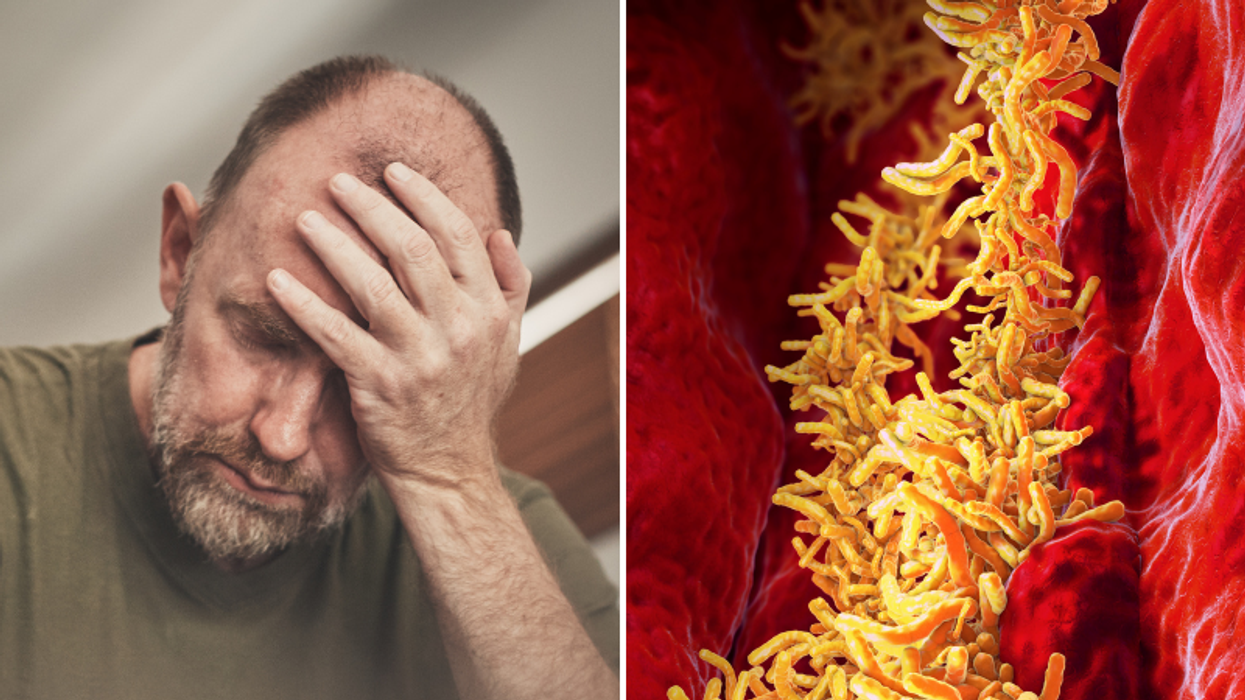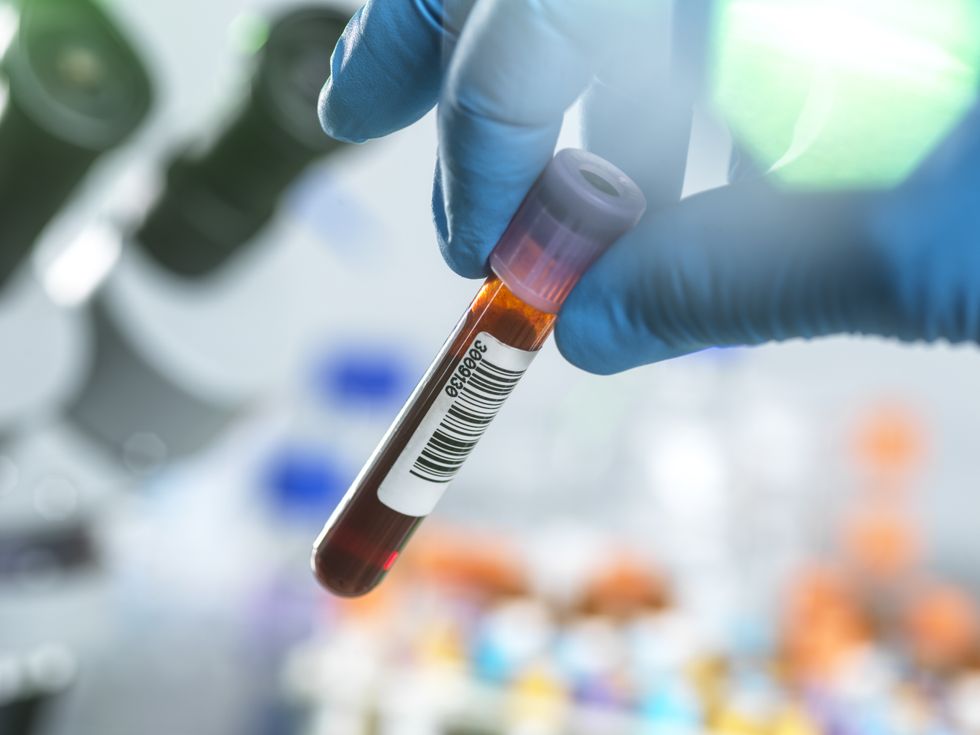World's most deadly infection is on the rise in England - what is it and how worried should you be?

Tuberculosis cases jumped by more than ten percent last year
|Getty Images

Cases of tuberculosis are now higher than pre-pandemic levels
Don't Miss
Most Read
Tuberculosis (TB) is on the rise in England: cases jumped by more than ten percent last year and this trend is set to continue into 2024.
TB kills roughly 1.5 million people every year, making it the world’s deadliest infectious disease, according to the World Health Organisation (WHO).
Thankfully, figures remain low in the UK. However, the current trajectory takes the UK further from the pathway to meet WHO's 2035 elimination targets.
Here's everything you need to know about the top infectious killer:
What is TB?
Emma Rubach, head of health advice at the charity Asthma + Lung UK, says tuberculosis or TB is a bacterial infection that usually affects the lungs.
“Anyone can get tuberculosis, however, the people most at risk are those who have lived outside of the UK where TB rates are high. Countries where tuberculosis is more common include Bangladesh, China, India, Pakistan, and Indonesia.
“Only five to 10 percent of people who breathe in TB bacteria develop symptoms and they can become ill in weeks, months, or even years after exposure,” Ms Rubach added.
“There are two types of tuberculosis. Latent tuberculosis, which is when you have TB bacteria in your body, but because the body’s immune system controls the bacteria and stops it from growing, you don’t experience any symptoms and can’t pass the infection on to others. Then there is active tuberculosis, when the body’s immune system can’t control the TB bacteria and you develop an infection.”

A new blood test that could identify millions of people who unknowingly spread tuberculosis
| Getty ImagesHow do you catch it?
“Most tuberculosis infections are airborne. You can contract it from bacteria coughed up by another person with the infection,” said Doctor Colin Michie, associate dean for research and knowledge exchange at the University of Central Lancashire.
“There is a less common type of TB, Mycobacterium bovis, which is found in unpasteurised milk. Consuming this product can therefore put you at risk of contracting the infection, particularly if the cattle involved are not carefully screened.”
Thankfully, contracting TB could be about to get a lot harder.
That's because a new blood test that identifies millions of people who unknowingly spread tuberculosis could be developed soon, scientists have said.
Researchers at the University of Southampton discovered a group of biological markers that are high among infectious patients – and the test could be a significant step in reducing the spread of the disease.
What are the symptoms and is it serious?
Rubach says some people may be more at risk of suffering serious symptoms, such as those with weak immune systems, malnourishment, diabetes, people who regularly smoke, drink or take drugs, as well as children under five.
“Active tuberculosis usually affects the lungs but can also affect other parts of the body,” said Ms Rubach.
Symptoms include a cough that lasts more than three weeks, chest pain, weight loss, extreme tiredness, loss of appetite, a high temperature, swollen glands, headaches and body aches and pains.
Asthma + Lung UK also advises people to call 999 or go to A&E if they have a stiff neck and severe headache, it hurts to look at bright lights, you’ve had a fit (seizure), or your behaviour changes – for example, you become confused – and if you can’t move certain parts of your body.
TB is a serious infection, which can be fatal if not treated properly.
LATEST DEVELOPMENTS

Symptoms of TB include chest pain and coughing
| GETTY IMAGESHow do you treat it?
Ms Rubach says both latent and active TB need to be treated with antibiotics, to help kill off the bacteria.
“For latent TB, treatment usually lasts between three to six months, and in active TB, for at least six months,” she added.
“If the TB is affecting the brain or spinal cord, the treatment may last for 12 months.”










